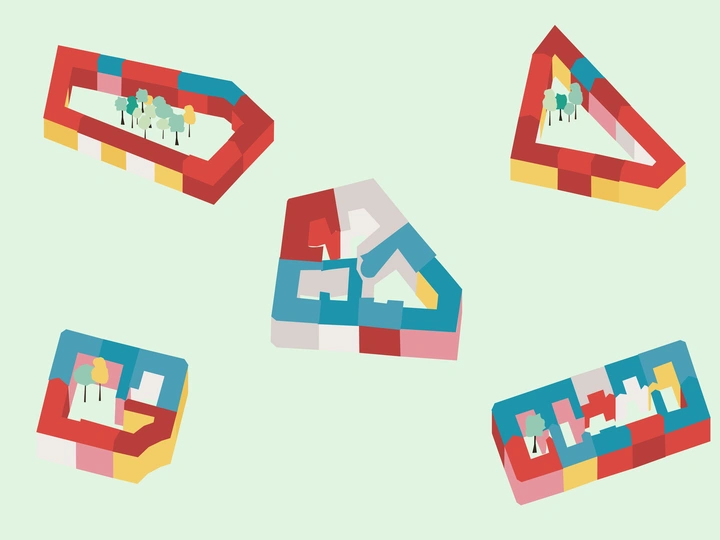Making home in the courtyard

Ana Gilmet (1996) is an architect and urban planner based in Milan, working at the intersection of architecture and politics. Her interest lies in the production of collective and individual subjectivities through everyday urban politics. She has practiced architecture in offices in Paris and Milan, and she currently tutors at Politecnico di Milano. Beyond her architectural practice, Gilmet has a longstanding commitment to right to the city activism. Over the past decade, she has participated in a variety of projects, including developing a feminist curriculum for the architecture program at Lund University, engaging in housing struggles in Malmö, and, most recently, advocating for the European Citizens’ Initiative (ECI) House Europe! which is fighting against demolitions. Her texts have been published by Urban Matters Journal, Sydsvenskan, Aftonbladet, La Diaria and Svärm.
The courtyard has long been a typological feature, present in most cultures and adapted to various scales and cultural contexts. In European cities, it was originally conceived as a space to ensure proper hygiene and ventilation. However, it has also served as a place for social interaction.
Today, the ongoing housing crisis in Europe is also a social one. Frequent relocations due to rising rents and precarious working conditions have disrupted neighborhood life, transforming shared urban spaces into wastelands where nothing is meant to happen.
This project investigates the role of furnishings and other design elements in unlocking the potential of these neglected spaces. The projects asks if it is possible today to make home in the courtyard and through this process inhabit the neighbourhood. It is intended as a curatorial inquiry, one that fosters multidisciplinary knowledge around a space most of us have, at the very least, passed through: the courtyard.